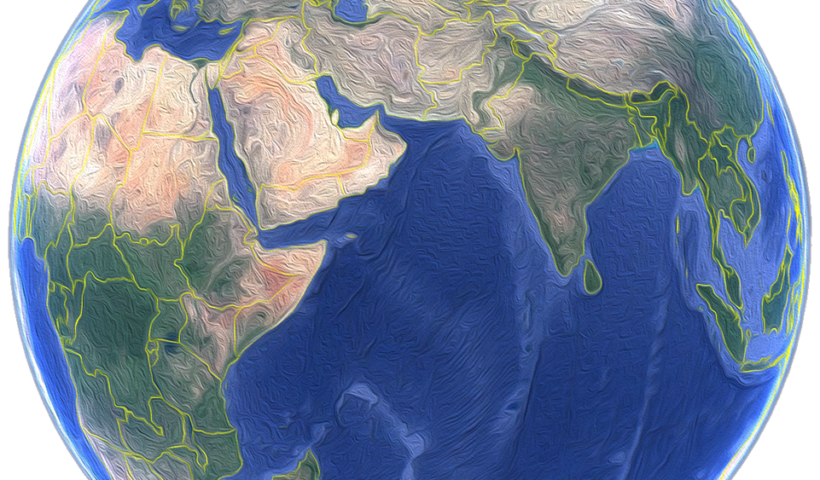The Bay of Bengal, situated in the northeastern part of the Indian Ocean, holds immense geopolitical significance owing to its strategic location and abundant natural resources. It is bordered by several countries including India, Bangladesh, Myanmar, Sri Lanka, and Thailand, and has witnessed a complex interplay of power dynamics throughout history. This article aims to provide a professional perspective on the geopolitics of the Bay of Bengal, analyzing various aspects such as historical context, natural resources, maritime boundaries, naval presence, economic interests, regional cooperation, China’s dominance, India’s strategic imperative, security challenges, and the role of emerging players. By delving into these aspects, we can gain a comprehensive understanding of the opportunities and challenges that exist in this region.
View More Analyzing the Geopolitics of the Bay of Bengal: A Professional PerspectiveTag: Bay of Bengal
THE INDIAN OCEAN
THE THIRD LARGEST of the world’s oceans, the Indian Ocean covers 28 million sq miles (73 million sq km) and contains some 5,000 islands, many of them surrounded by coral reefs. This ocean is unique because, unlike the Atlantic and Pacific, it has no outlet to the north. It contains both the saltiest sea (the Red Sea), and the warmest sea (the Persian Gulf) on Earth. It is bounded by Asia to the north, Africa to the west and Australia to the east. To the south it is bounded by the Southern Ocean or Antarctica, depending on the definition in use. Along its core, the Indian Ocean has some large marginal or regional seas such as the Arabian Sea, the Laccadive Sea, the Somali Sea, Bay of Bengal, and the Andaman Sea. The Indian Ocean is at risk from pollution, especially from oil tankers leaving the Persian Gulf. Monsoon rains and tropical storms can bring disastrous flooding to its northern coasts.
View More THE INDIAN OCEAN
